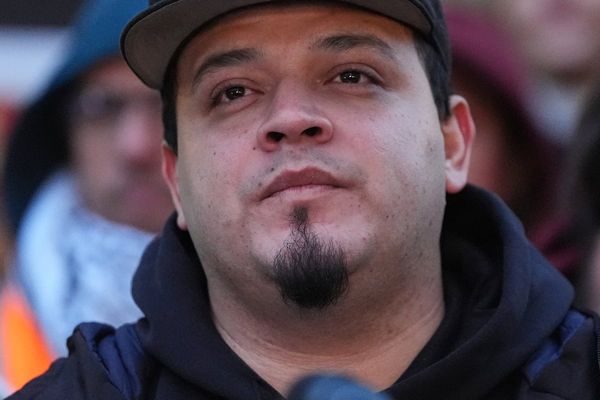
India’s prime minister, Narendra Modi, is making his first visit to Russia since the invasion of Ukraine to discuss issues that include defence and weapons deals.
The details of any new arms deals to be struck between the two countries have yet to emerge, but it is understood that Russia’s need for weapons and ammunition for the war in Ukraine is driving talks. Modi is able to offer substantial Indian industrial support to Russia for the Ukraine war in exchange for energy and military technology. The support would be practical but would stop short of India publicly backing Russia’s war effort.
The trip on Monday and Tuesday comes as a reminder to the world that the ties between India and Russia – particularly when it comes to defence and weapons – go back decades and remain strong.
What is the history of India-Russia defence deals?
For the past decade, India has focused on boosting its own military-industrial complex, telling international defence contractors that “Made in India” is a priority and saying technology transfers to Indian companies are a core part of any deal, whether with Russia or somewhere else.
However, India’s armed forces still rely heavily on armoured divisions and 97 percent of its 3,740 tanks are Russian-made.
While India has tried to diversify its defence purchases and partially wean itself off Russian arms, it is mainly Russian companies that are helping India’s defence industries mature at a rapid rate.
A day before Modi left for Moscow this week, Russia’s state export company, Rostec, signed an agreement to manufacture advanced armour-piercing “Mango” tank shells in India for the T-90 tank.
How else have India and Russia cooperated on defence before now?
Their defence cooperation has been substantial. The Brahmos supersonic antiship missile, for instance, was jointly designed by Indian and Russian engineers for the Indian armed forces and first tested in 2001.
Brahmos is the merger of the names of the Brahmaputra and Moskva rivers, signifying the cooperation between the two countries. The missile is fast and powerful and can deliver a 300kg (660lb) warhead at three times the speed of sound with an accuracy down to less than a single metre (3.3ft). It has since been exported to the Philippines.
Russian joint ventures with India also include making 35,000 Kalashnikov AK203 assault rifles for the Indian army, the licensed production of advanced T-90 tanks and Sukhoi Su-30-MKI fourth-generation fighter jets and maintenance facilities for India’s MiG-29 fighter jets. They also collaborate on making the Konkurs antitank guided missile.
What else will Modi and Putin discuss?
Cheap Russian oil has been a mainstay of India’s economy for more than a year. It has been a major recipient of US- and EU-sanctions-busting petroleum shipments.
Nuclear power is also on the cards at the talks in Moscow. Several of India’s nuclear reactors are Russian-built, and talks are ongoing for India to buy both Russian floating and maritime nuclear reactors, useful for remote areas and also for submarines and larger, longer-range naval vessels.
Where will Russia source weapons it needs for war in Ukraine?
Moscow is desperate to fulfil its armed forces’ constant demand for artillery and tank ammunition of all types for its war in Ukraine.
Russia’s armed forces conservatively fire 8,000 rounds per day. At an average cost of $4,000 each, Russia is spending $32 million every single day in its effort to break the deadlock on Ukraine’s battlefields.
While Russia’s economy is technically on a war footing, Putin has still needed to court North Korea and Vietnam, both operators of Russian-calibre artillery, and both with large domestic munitions factories, especially for the much-needed 152mm shell.
With continued support for Ukraine being questioned in the United States and European and Turkish munitions factories picking up the slack, Ukraine and Russia are now increasingly reliant on other countries for help in providing the vast amounts of ammunition needed to keep the other at bay.
Both countries are seeking new partners in the hopes of outproducing the other and bringing the intense firepower they think is needed to turn the tide in what has become a static conflict. Russia is hoping that, along with North Korea and Vietnam, Indian industry can help provide Russia with the tools it needs to defeat Ukraine.







